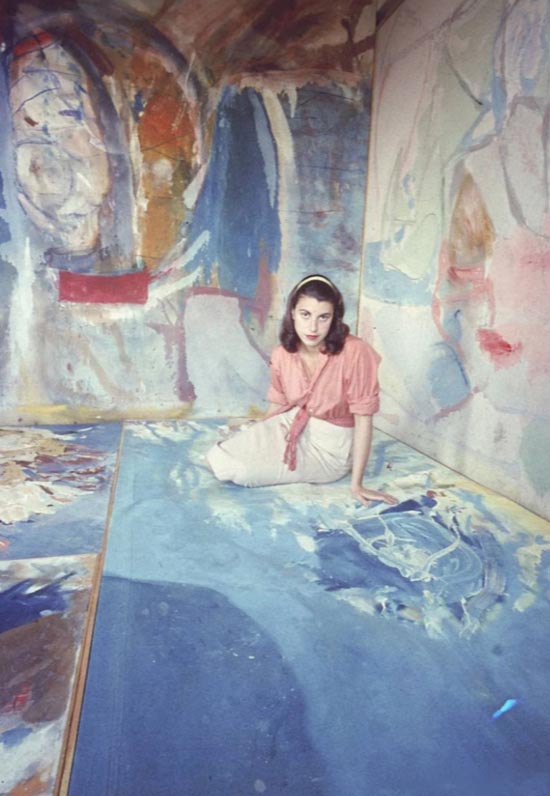
Abstract art has long been misunderstood. Many people still look at an abstract painting or abstract drawing and say, “I could have done that.” Yet what makes good abstract art is never about simple marks or random color fields. It is about intention, visual rhythm, and emotional transformation. A good abstract painting does not describe the visible world; it re-creates an invisible experience.

In this in-depth conversation presented by ARTPHILOSO Gallery, emerging artist Philo opens up about his artistic evolution and inner journey. From academic training to personal style, from the subtle portrayal of femininity to philosophical reflections on the essence of art, his words reveal a rare sensitivity toward emotion, form, and the contemporary world. More than an interview about painting, it is a dialogue on life, perception, and the boundless drive to create.

Philo's Summer Stirring is such a painting. It bears no violent conflict, no noisy display of technique. The image unfolds like a dream being gently lifted open. Color flows through the air, figures sway with the breeze, flower branches bend low, and the lines seem to be listening to something unseen. The entire canvas exudes a tender restlessness—both the breath of summer and the quiet undercurrent of the soul.

Low or sloping ceilings pose a design hurdle, compressing vertical space and altering light dynamics. Yet these architectural quirks can become creative features when handled with intention. Hanging art in such rooms is not about obeying rigid rules—it is about building visual harmony between structure, function, and aesthetics.
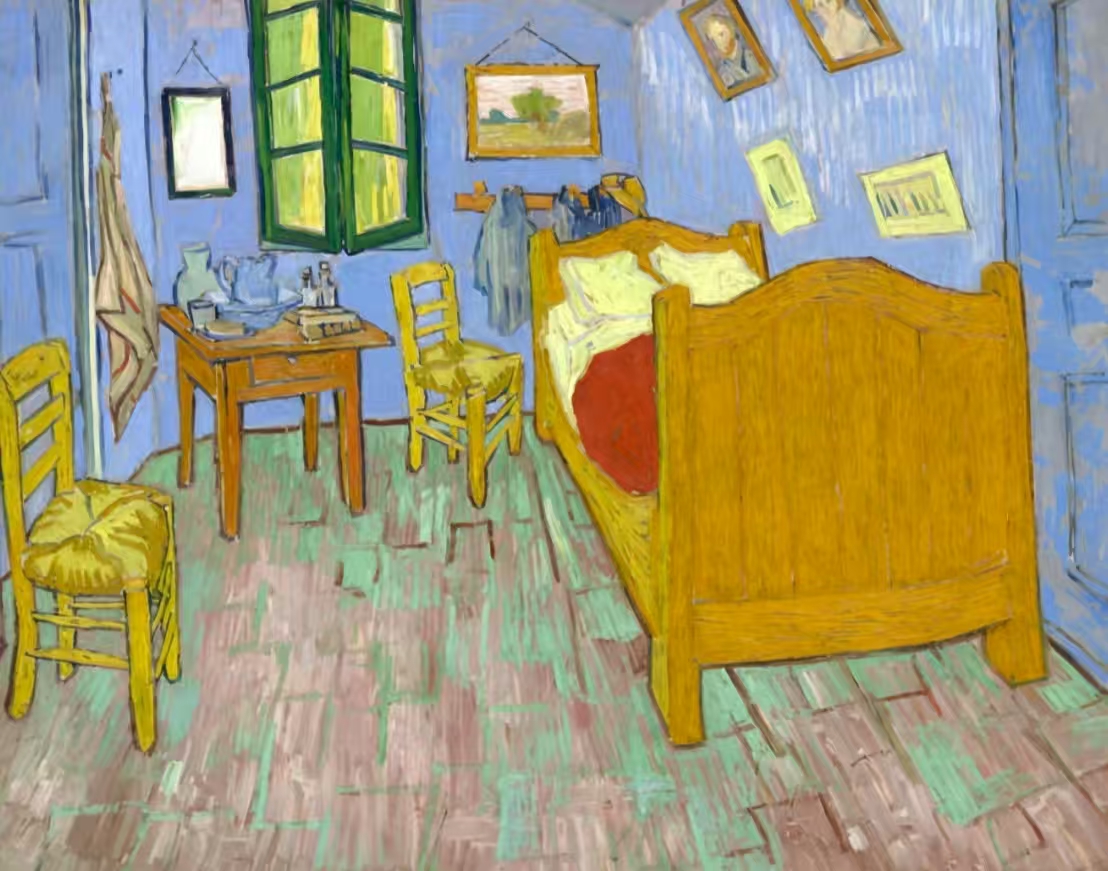
Impressionism sought to capture what the eye sees—the fleeting effects of light—while Post-Impressionism aimed to express what the mind feels—the artist’s subjective interpretation of the world.

When you look up, do you see a blank surface or an artistic expression overhead? In interior design, the ceiling—often called the “forgotten fifth wall”—has long been overlooked. Yet today, a creative revolution is taking place: the rise of ceiling hanging art and decoration hanging from the ceiling.
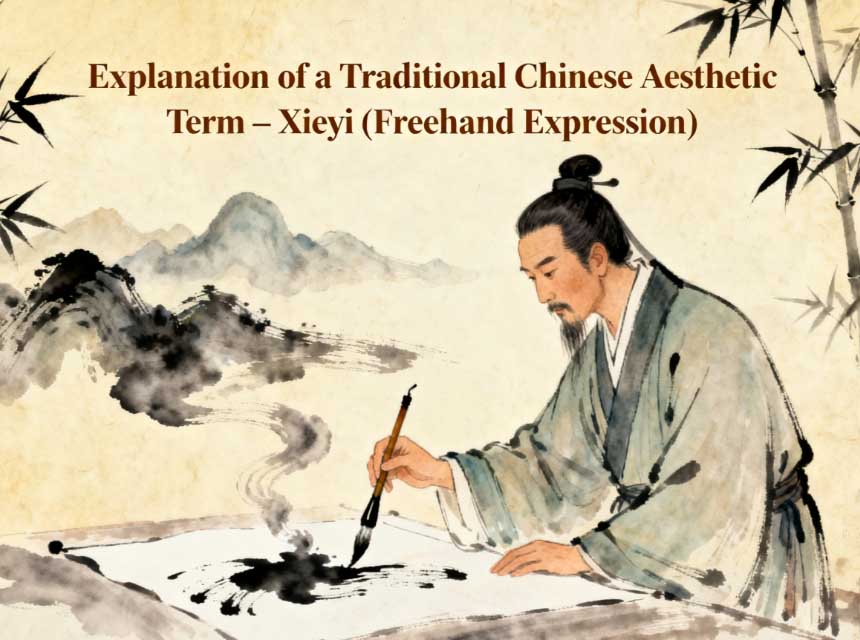
In the traditional Chinese art system, “Xieyi” (写意) is a central aesthetic concept spanning painting, calligraphy, and opera. Unlike Western realism, which emphasizes faithful reproduction, Xieyi art aims to convey the spirit and inner world of objects through sparse yet expressive brushwork.
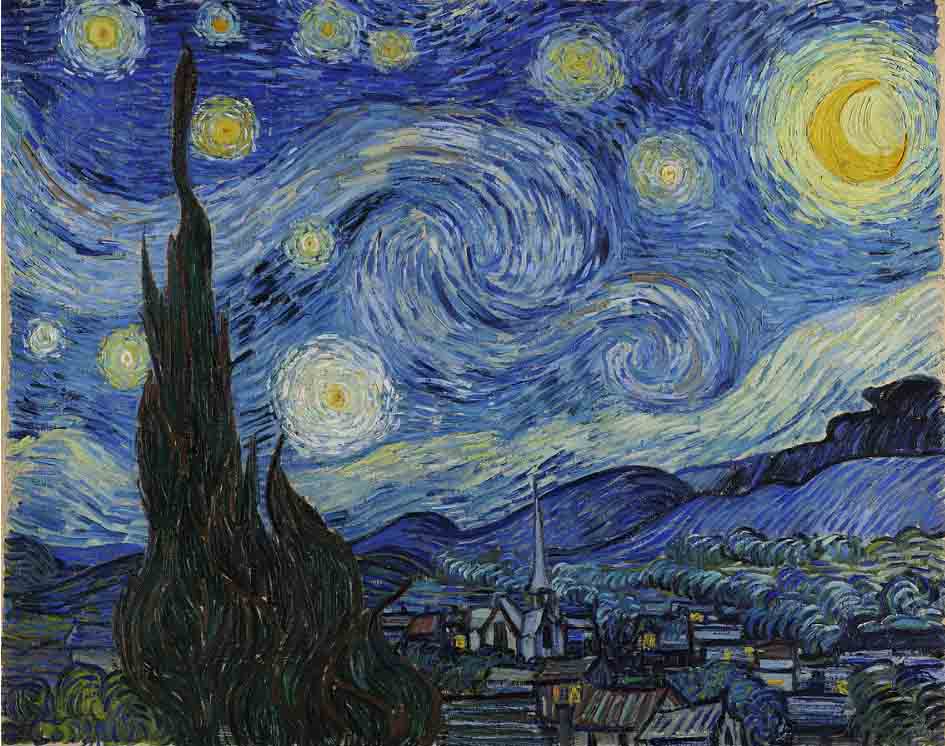
Explore how Sigmund Freud’s theory of the unconscious reveals the emotional depth behind Vincent van Gogh’s The Starry Night. This article examines color psychology, symbolic composition, and the hidden tensions between chaos and serenity through a psychoanalytic art interpretation—bridging art history and modern emotional expression.

When asking what is the most common purpose for composition in art, the answer lies in clarity and engagement. The main purpose of composition in art is to structure artistic expression so it resonates with viewers.
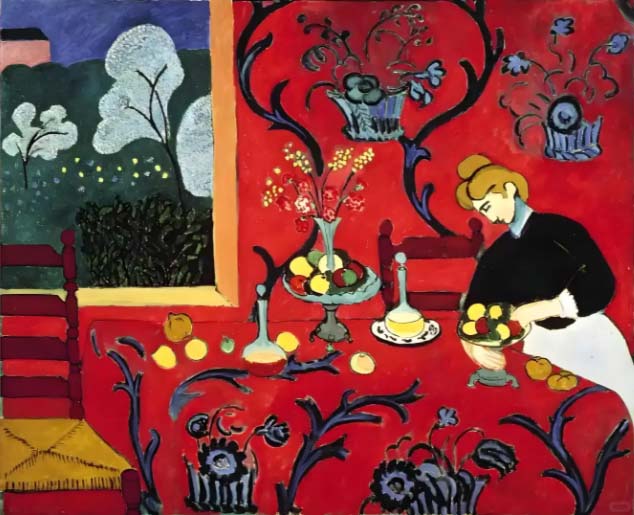
Fauvism art refers to an early 20th-century modern art movement recognized for its vivid, non-naturalistic colors and bold brushwork.
